Breeze Fades as Miami-Havana Race Heads South
Published on February 10th, 2016
Miami, FL (February 10, 2016) – Marinas across the Miami area buzzed this morning as forty-six sailboats prepared for a brisk forecast at the start of the first-ever Miami to Havana Race, organized by the Southern Ocean Racing Conference (SORC). It was a sight that Comodoro José Manual Diaz Escrich, the founder of Havana’s Club Nautico Internacional Hemingway De Cuba will never forget.
“When I founded the Club more than 24 years ago, I dreamed we would one day see a fleet of boats from our sister city in Miami racing toward our home, and it means so much to me to finally get to see it,” said Escrich. ‘El Comodoro’ added that while he’s seen a huge amount of interest in racing to Havana Southeast since diplomatic relations between the island nation and USA have improved, the Miami to Havana Race is unique, and truly special for the sailors of both cities.
“The relationship between Miami, Havana, and the history of the SORC is so important to sailors all over the world, and we’re grateful that so many people worked together to make this race happen so quickly,” said Escrich.
Instead of screaming speeds and the organized chaos of a big wind race, four monohull and one multihull classes milled about sedately as the starting flags flapped limply at the 1 PM start of this historic race, with 4-6 knots of wind allowing just enough power to move even the slowest boat in the right direction: South.
“We were all a bit surprised at the conditions when we got to the course, but it was a gorgeous day for spectators, VIPs, and of course all the racing crews,” said Chris Woolsey, Race Chairman. “As long as there’s enough wind to buck the Gulf Stream no one will be complaining too much, and it’s always easier on crews when the wind starts light and builds, rather than the other way around.”
Just three boats fill the fastest class in the race – the IRC handicap Class – and Marc Glimcher’s chartered high-tech 69-foot Trebuchet easily powered away to a half-mile lead over the entire fleet within an hour of the start. Despite the huge mast height advantage of the big Reichel/Pugh design over her Class competitors (a taller mast allows a racing yacht to utilize slightly stronger breeze off the water’s surface), a boat just half her length – the Carkeek 40 Decision – closed the distance to just a few yards as the sun set. The two yachts continue to battle for the lead in fluky air near Key Largo, while the heavier King 40 “Hot Ticket” bleeds miles to the two lightweight flyers.
The PHRF A class features dedicated racing yachts as well as several racer/cruisers, and on a 7 PM call-in from spinnaker trimmer Dan Tucker, we learned that the fleet was extremely close, thanks to very unstable conditions. “It’s light enough that the [full-race] Class 40s can’t really get away from us, especially now that the spinnakers are down,” said Tucker, sailing aboard Gary Weisberg’s Massachusetts-based J/111 Heat Wave. At 7 PM, Weisberg’s boat was reaching under Code Zero with around 12 knots from the WNW after “pretty much all the spinnakers around dropped at sunset,” according to Tucker.
The first two hours was troublesome for every race team; huge shifts in velocity and wind direction provided extremely tough trimming and helming conditions, though as Tucker explained, “It’s absolutely gorgeous out here now.”
The shock of the day comes from the Hobie 33 sub-fleet in PHRF C, where the youngest crew in the fleet aboard the Bradenton, Florida based Hot Stuff got stuck behind an Intracoastal Waterway bridge and crossed the starting line nearly ten minutes late; a huge margin for a one-design class. Incredibly, within 4 hours, the crew of current and past Roger Williams University sailors had caught, passed, and put a horizon job on the other three H33s – and the entire PHRF C class. The wonders of youth!
With the forecast looking moderate and relatively sedate for the next day, the fleet’s navigators will make their most important decision of the race tonight as they approach Marathon Key. Do they head into the Straits early, minimizing distance while facing more time in the adverse Gulf Stream? Or do they play it safe, keeping ‘one foot on the reef’ in the protected water near the shore, jumping off into potentially worse current at Key West?
Race website – Entry list – Tracker
Photos Courtesy of Marco Oquendo/SORC
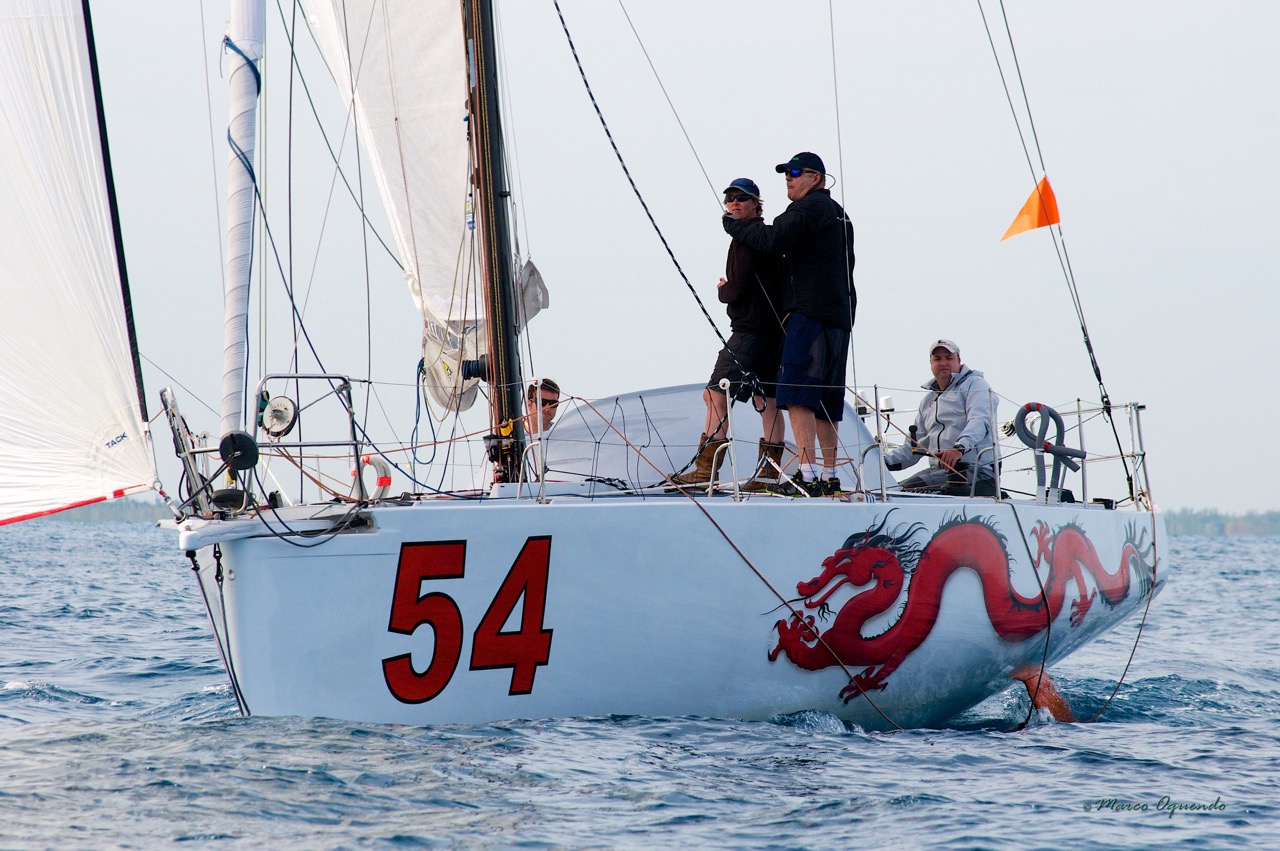
Source: SORC


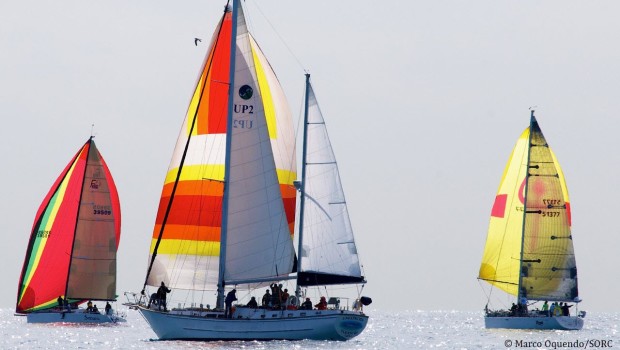

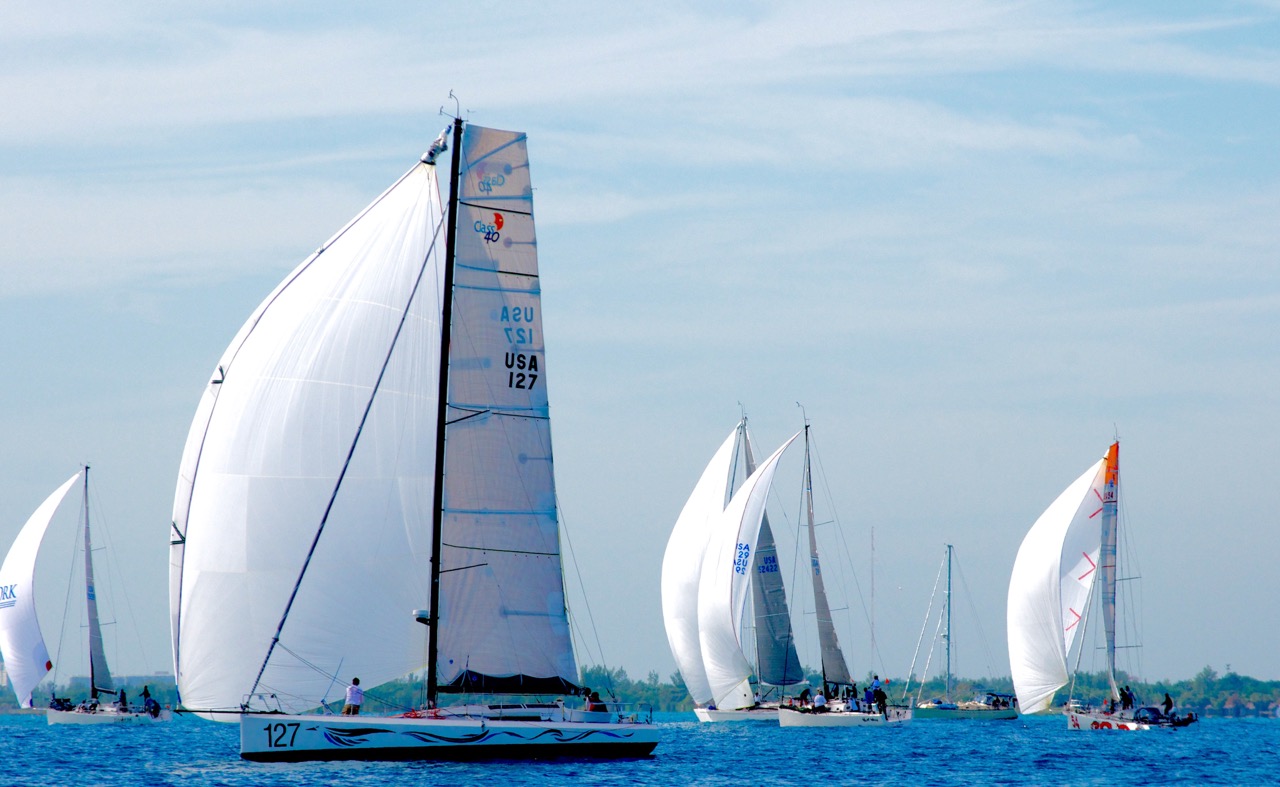
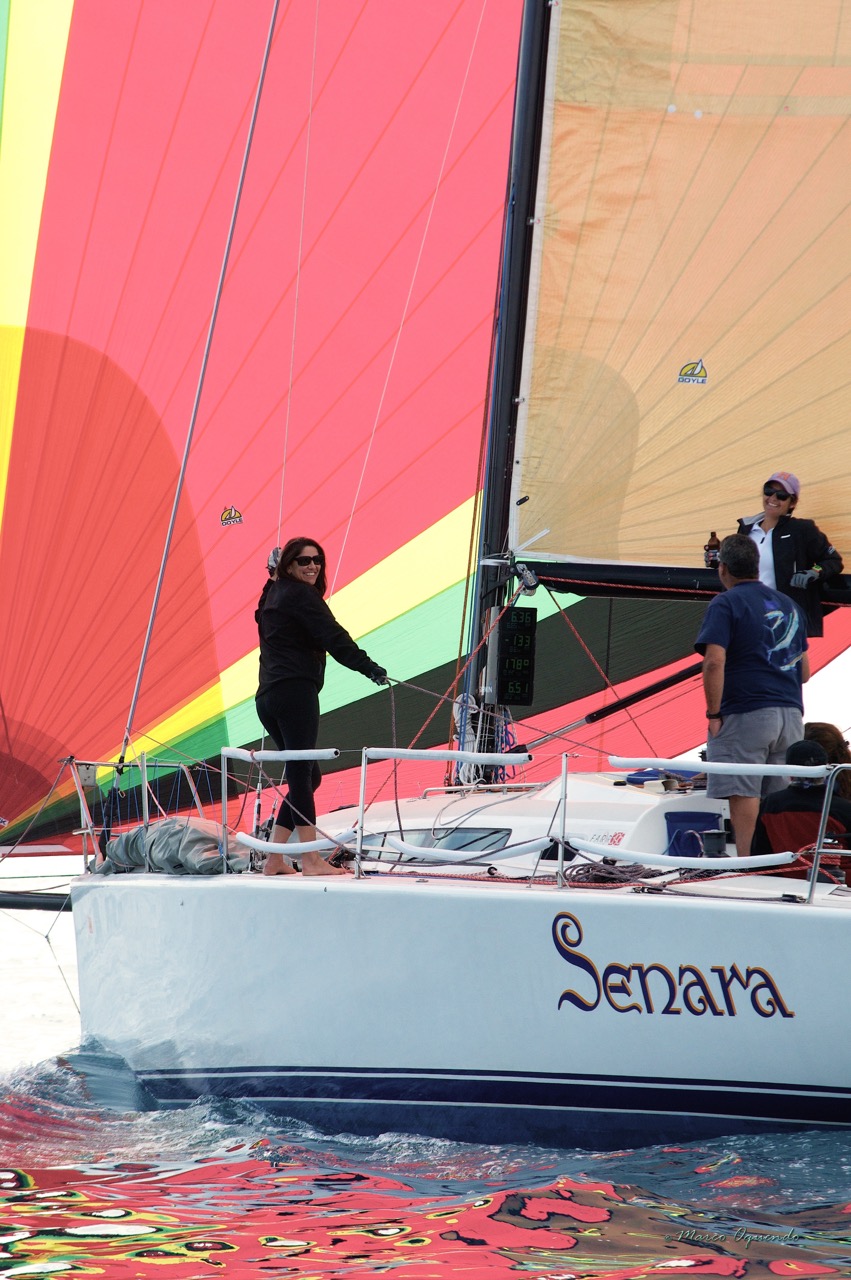

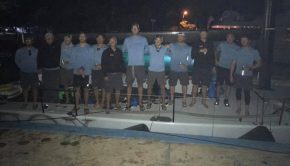
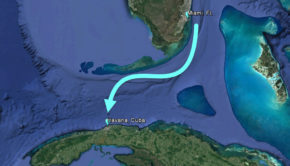
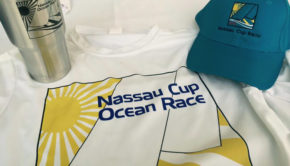
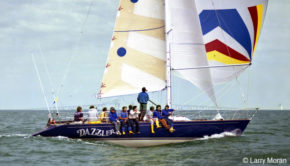
 We’ll keep your information safe.
We’ll keep your information safe.